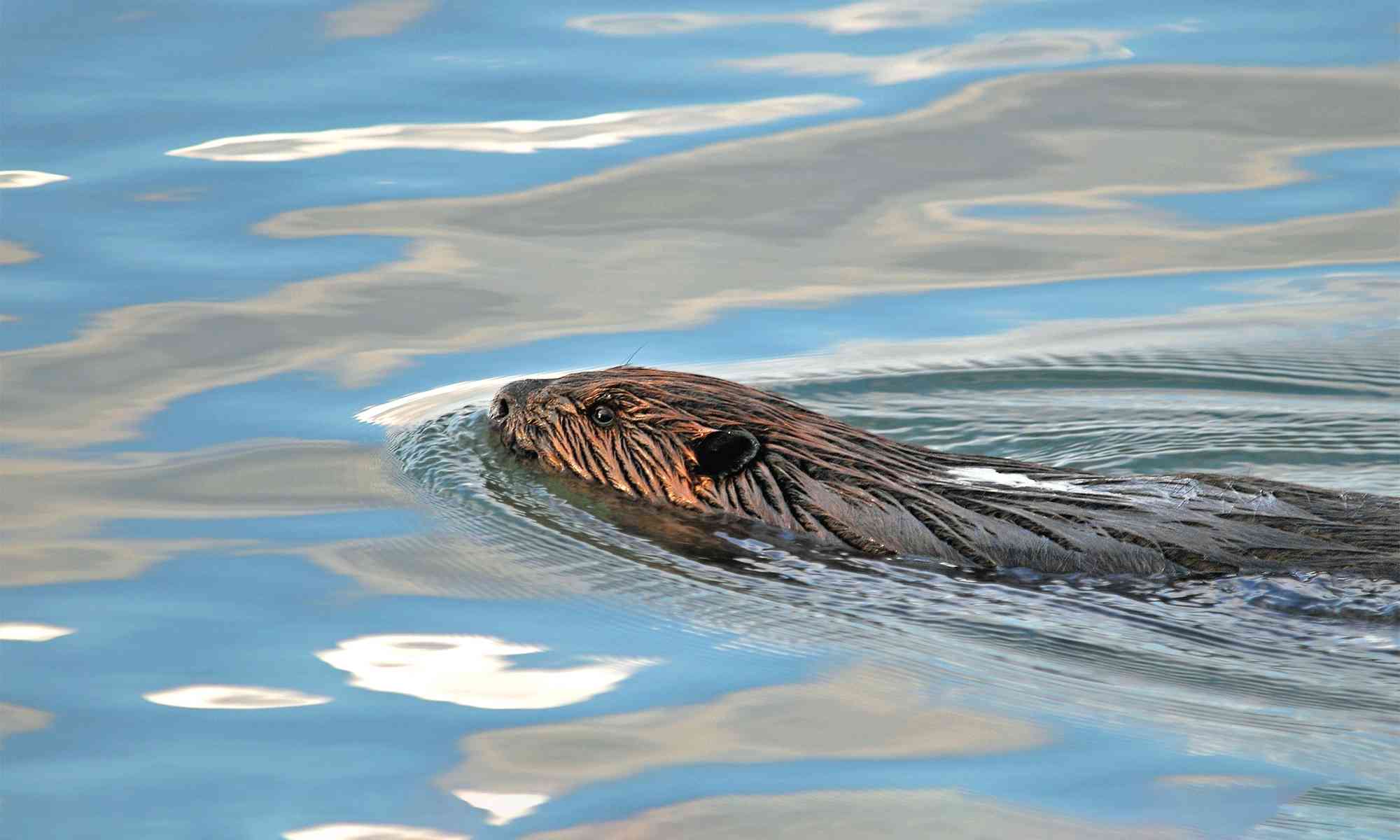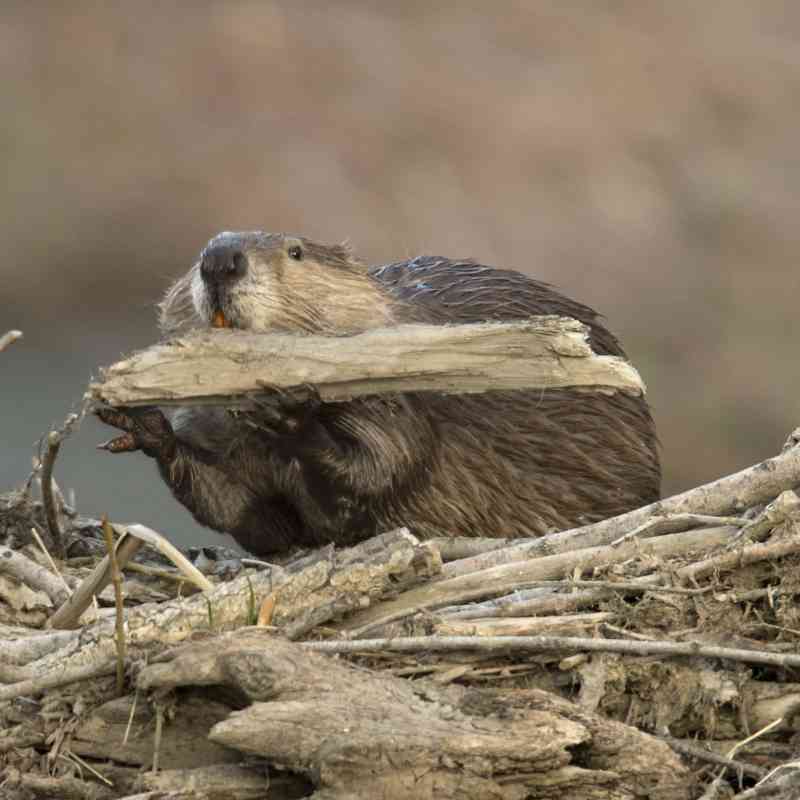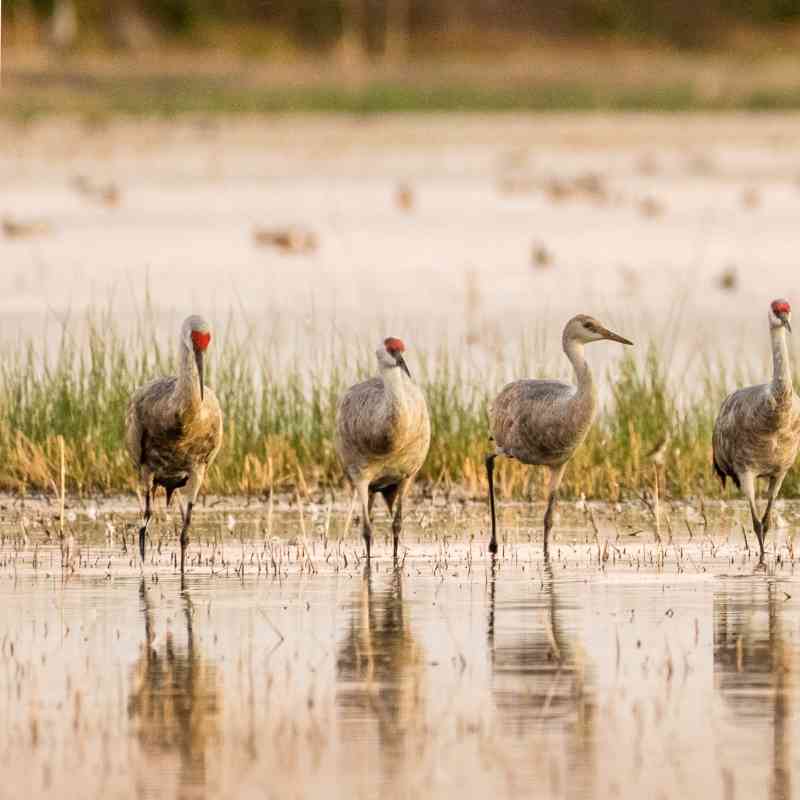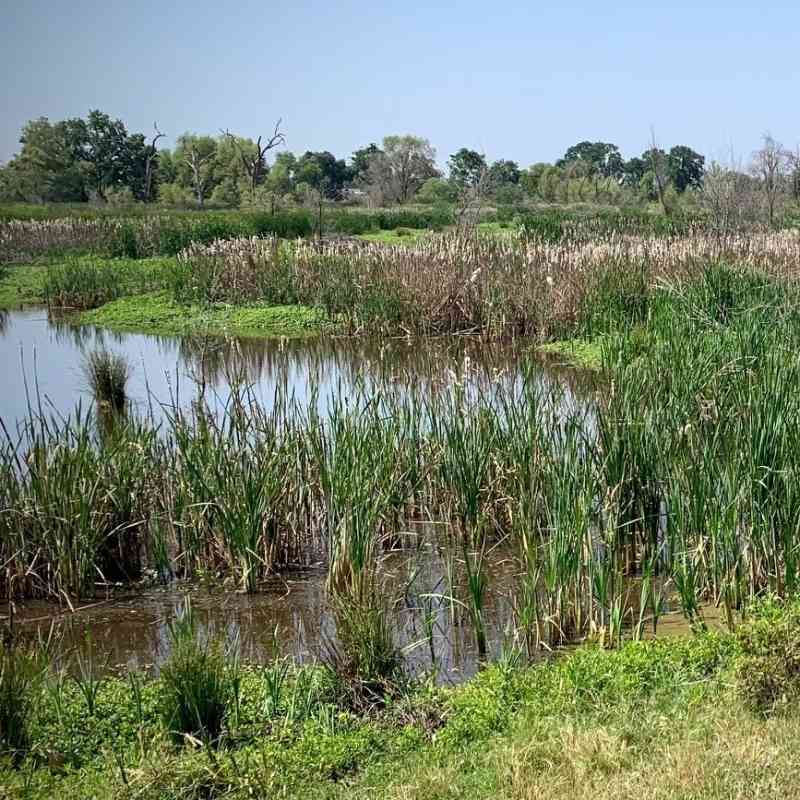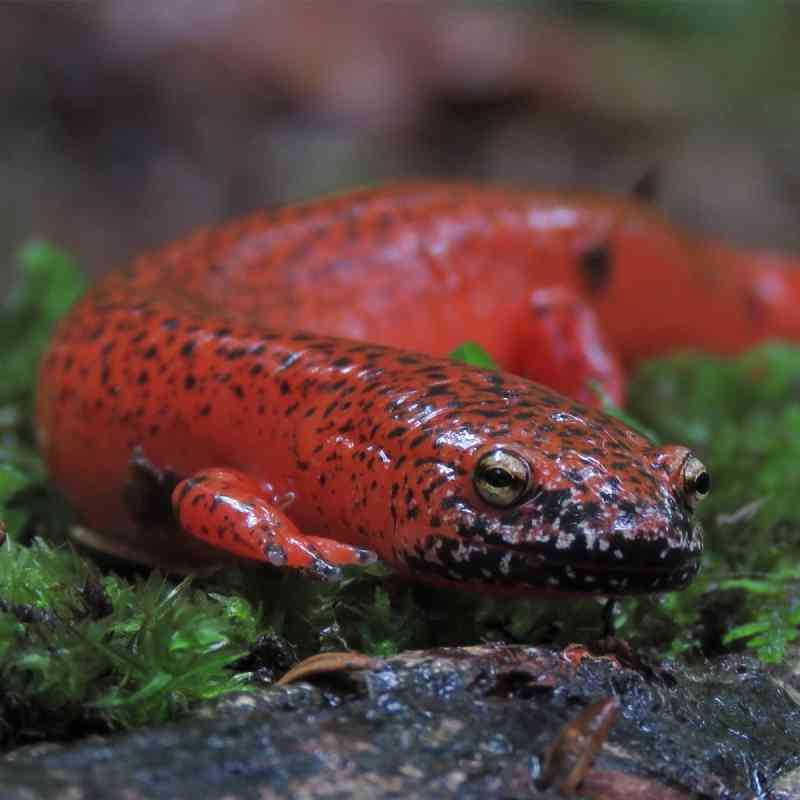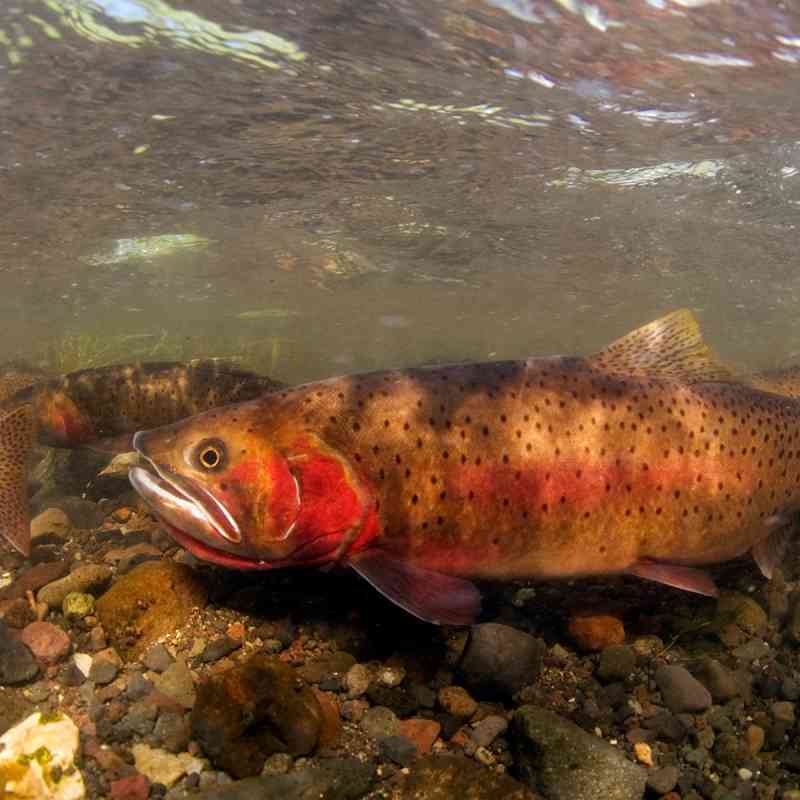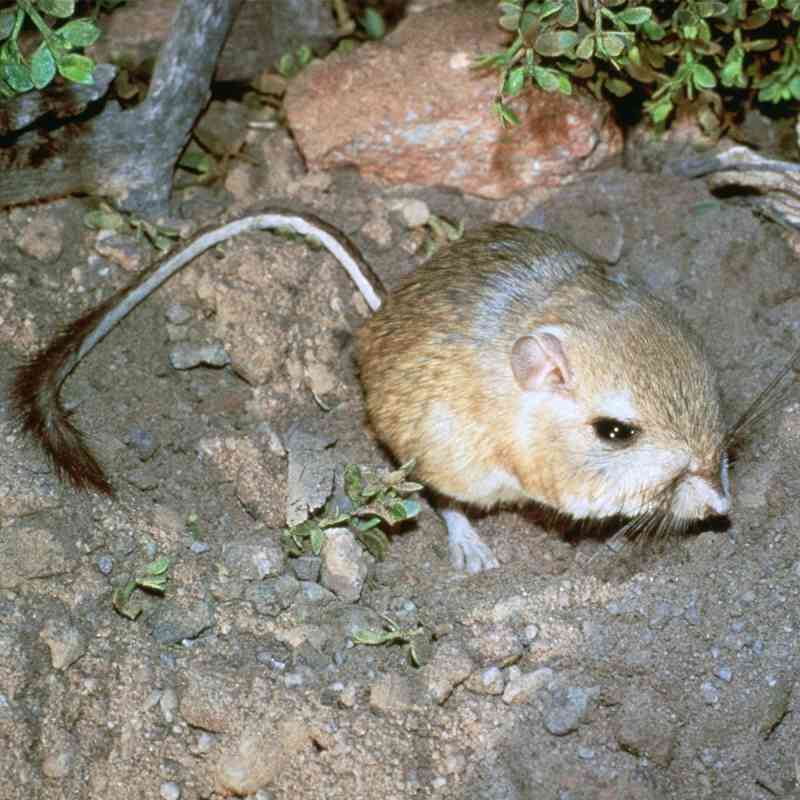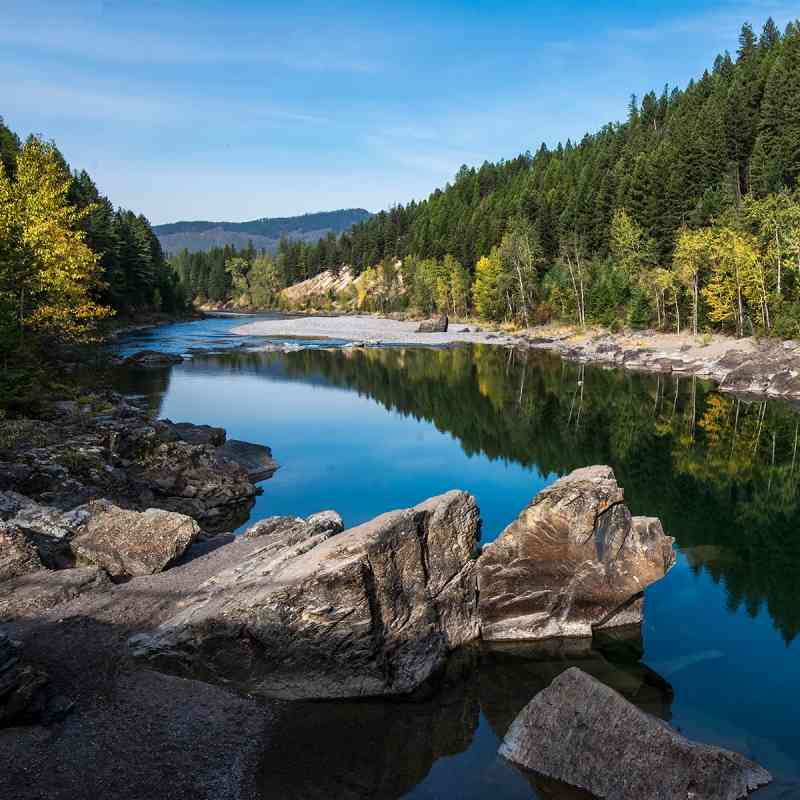Beavers used to live in almost every perennial (year-round) stream in North America and numbered in the many millions.
But as demand for their fur skyrocketed between American colonization and the early 20th century, they were trapped almost to extinction. Despite reintroductions and natural expansion, beavers still have yet to return to many places where they used to live, and many of these areas could use more beavers to restore crucial wetland habitat.
Through building dams and lodges, beavers are considered ecosystem engineers because they raise water levels, slow water speed and change water direction. In doing so, they can increase a wetland’s area, diversity and water quality, as well as maintain more stable water temperatures. In beaver ponds, freshwater fish, migratory birds, amphibians, turtles and more wetland species benefit.
In cases when coexistence tools such as pond leveling devices, culvert protection fences, and tree-fencing cannot solve conflicts, beavers can often be relocated to lands where they will not be in conflict with humans and can provide all the benefits of their ecosystem engineering.
Defenders helps these “nuisance” beavers find a new home by live-trapping and relocating them. We also give talks and collaborate with local watershed groups, other environmental groups and NGOs, and state agencies - to help restore freshwater ecosystems by using beavers as a restoration tool.
Beavers are threatened by habitat loss and conflict with humans.
|
Endangered Species Act
|
IUCN Red List
|
CITES
|
|
Not Listed
|
Least Concern
|
Not Listed
|
If you live in beaver habitat, practice proven coexistence techniques. Limit pesticide use and runoff into waterways and wetlands.
Beavers are present across North America in areas with ponds, lakes, streams and rivers.
Today there are about 10–15 million in North America.
Beavers cut down trees and shrubs, eat wetland plants, and build amazing dams and lodges. These activities raise water levels, slow water speed, and change water direction, creating a dynamic wetland complex.
Beavers are monogamous, and kits stay with the parents for up to two years.
Mating Season: December – May, peaking in January
Gestation: average 128 days
Litter size: 2-5 kits
Beavers are vegetarians and eat mostly bark and cambium (the soft tissue under the bark). They also eat water plants, roots and buds.
Publications
Related Issues
Wildlife and Wild Places

